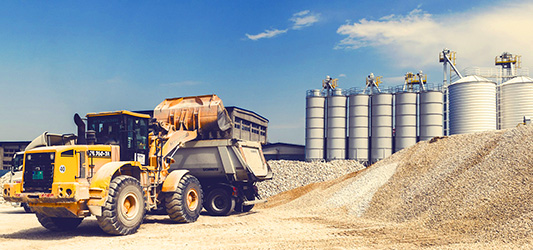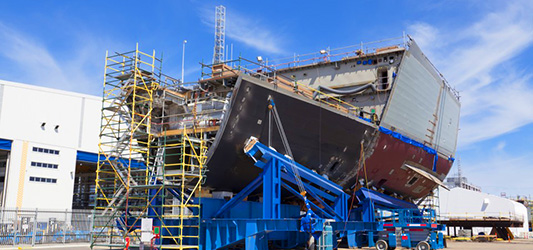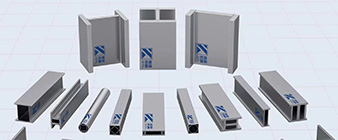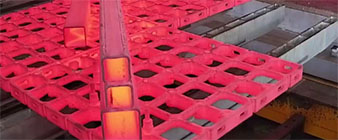The use of laser welding and arc welding technologies makes the hybrid laser arc welding process an excellent solution for a variety of applications. Laser beams penetrate deeper and are faster. Arc welding can bridge gaps between grooves, slow cooling of the weld and adjust metallurgical properties due to the use of filler wire.
Hybrid welding is a good solution for applications requiring high processing speeds under complex conditions.
- Laser beam + gas shielded metal arc hybrid welding using 20kW laser;
- High-power diode laser is the ideal beam source for laser hybrid welding;
- Three-dimensional welding is formed in one go, with beautiful welds and small deformation, and can weld 2-30mm thick products;
- Fiber lasers are highly integrated with industrial robots, enabling flexible processing of complex and large workpieces.
| Laser power | 20KW |
| speed | 3.5m/min |
| Material | S355 |
| Plate thickness | 5 mm |
| gap width | 0.2mm |
-
Faster processing and deeper penetration
Laser welding has become the preferred tool for welding thick and thin materials in all walks of life, covering almost all industries. Laser welding requires no consumables, is easy to automate, and provides high-precision, deep-penetrating welds for industrial applications.
-
Minimal heat affected area and low deformation
Gas metal arc welding (GMAW) helps slow down the cooling rate of the weld and expands the surface of the fusion zone. This filler wire content changes the weld characteristics and limits impurities.
-
Increase penetration depth
Hybrid laser arc welding (HLAW) is up to 30 times faster than GMAW alone due to reduced welding times and heat input. Welded parts benefit from less distortion and higher strength steels can be welded, reducing part weight by up to 50%.
-
Increase gap tolerance up to 3x
Throughput is further increased through factory-connected robotic automation, and optimized motion programming allows welds to span complex geometries that would be nearly impossible to achieve manually.
Laser hybrid welding technology can be used in a wide range of applications. Due to the advantages of this combined process in terms of high material thicknesses, in particular it can be used in areas such as shipbuilding, vehicle manufacturing or the manufacture of construction machinery.


-
 2023-2-10 Laser filler wire welding related technical features
2023-2-10 Laser filler wire welding related technical features -
 2024-9-25 1.459 Super Stainless Steel Structural Profiles
2024-9-25 1.459 Super Stainless Steel Structural Profiles -
 2024-9-27 Performance and application of 2.4360 stainless steel hollow structural profiles
2024-9-27 Performance and application of 2.4360 stainless steel hollow structural profiles -
 2024-9-29 Alloy 617 (N06617 / 2.4663) Structural Profiles
2024-9-29 Alloy 617 (N06617 / 2.4663) Structural Profiles -
 2024-1-02 Properties and Applications of Advanced High-Strength Steel (AHSS)
2024-1-02 Properties and Applications of Advanced High-Strength Steel (AHSS) -
 2024-9-20 1.4404 stainless steel in innovative applications in bridges
2024-9-20 1.4404 stainless steel in innovative applications in bridges -
 2024-9-15 Weathering steel H-shaped steel
2024-9-15 Weathering steel H-shaped steel



